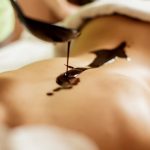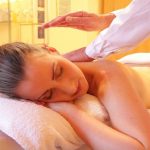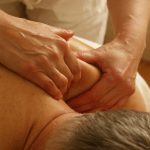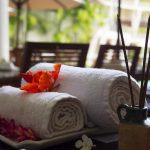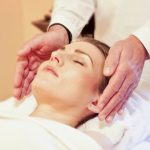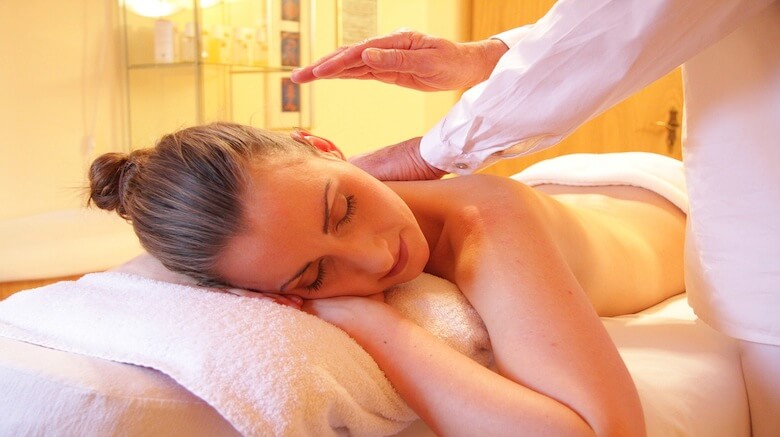
Massage involves working and acting on the body with pressure – structured, unstructured, stationary, or moving – tension, motion, or vibration, done manually or with mechanical aids. Massage can be applied with the hands, fingers, elbows, knees, forearm, feet, or a massage device. Depending on the application and technique used, massage is used to promote relaxation and well-being, and is beneficial in treating sports injuries and other problems affecting the musculature of the body such as postural misalignment and many painful conditions. Massage can also be sexual in nature (see Erotic massage).
In professional settings massage clients are treated while lying on a massage table, sitting in a massage chair, or lying on a mat on the floor, while in amateur settings a general purpose surface like a bed or floor is more common. Aquatic massage and bodywork is performed with recipients submersed or floating in a warm-water therapy pool. The massage subject may be fully or partially clothed or unclothed.
Active release technique
Active release technique (ART) is a form of deep tissue manipulation patented by P. Michael Leahy in which specified techniques are used to release what are presumed to be soft tissue adhesions.
Acupressure
 Acupressure [from Latin acus «needle» (see acuity) + pressure (n.)] is an alternative medicine technique similar in principle to acupuncture. It is based on the concept of life energy which flows through «meridians» in the body. In treatment, physical pressure is applied to acupuncture points with the aim of clearing blockages in these meridians. Pressure may be applied by hand, by elbow, or with various devices.
Acupressure [from Latin acus «needle» (see acuity) + pressure (n.)] is an alternative medicine technique similar in principle to acupuncture. It is based on the concept of life energy which flows through «meridians» in the body. In treatment, physical pressure is applied to acupuncture points with the aim of clearing blockages in these meridians. Pressure may be applied by hand, by elbow, or with various devices.
Some medical studies have suggested that acupressure may be effective at helping manage nausea and vomiting, for helping lower back pain, tension headaches, stomach ache, among other things, although such studies have been found to have a high likelihood of bias.
Aquatic bodywork
 Aquatic bodywork comprises a diverse set of massage and bodywork forms performed in water. This includes land-based forms performed in water (e.g., Aquatic Craniosacral Therapy, Aquatic Myofascial Release Therapy, etc.), as well as forms specific to warm water pools (e.g., Aquatic Integration, Dolphin Dance, Healing Dance, Jahara technique, WaterDance, Watsu)
Aquatic bodywork comprises a diverse set of massage and bodywork forms performed in water. This includes land-based forms performed in water (e.g., Aquatic Craniosacral Therapy, Aquatic Myofascial Release Therapy, etc.), as well as forms specific to warm water pools (e.g., Aquatic Integration, Dolphin Dance, Healing Dance, Jahara technique, WaterDance, Watsu)
Ashiatsu
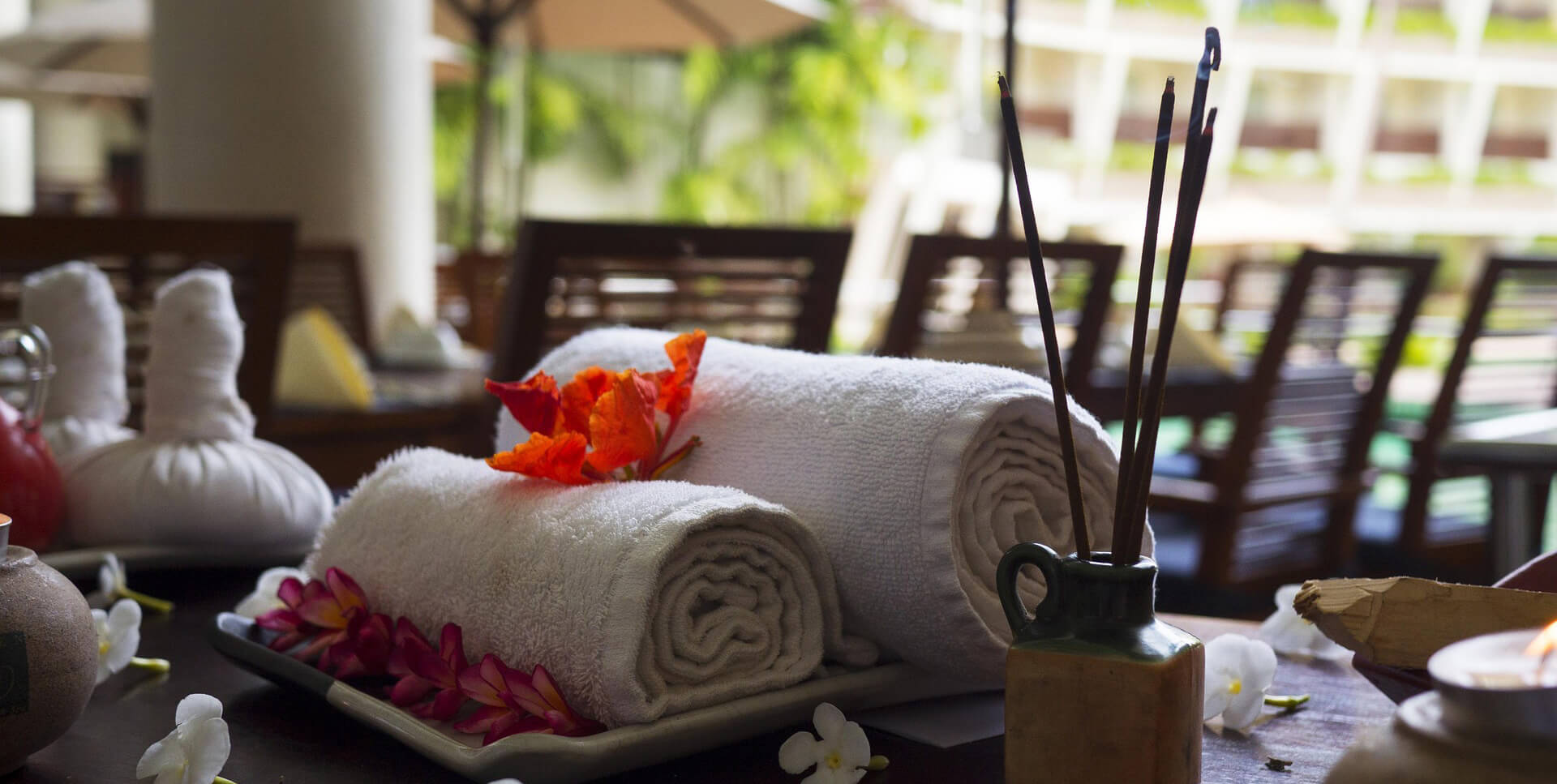
In ashiatsu, the practitioner uses their feet to deliver treatment. The name comes from the Japanese, ashi for foot and atsu for pressure.[30] This technique typically uses the heel, sesamoid, arch and/or whole plantar surface of foot, and offers large compression, tension and shear forces with less pressure than an elbow, and is ideal for large muscles, such as in thigh, or for long-duration upper trapezius compressions.[31] Other manual therapy techniques using the feet to provide treatment include Keralite, Barefoot Lomi Lomi, Chavutti Thirumal.
